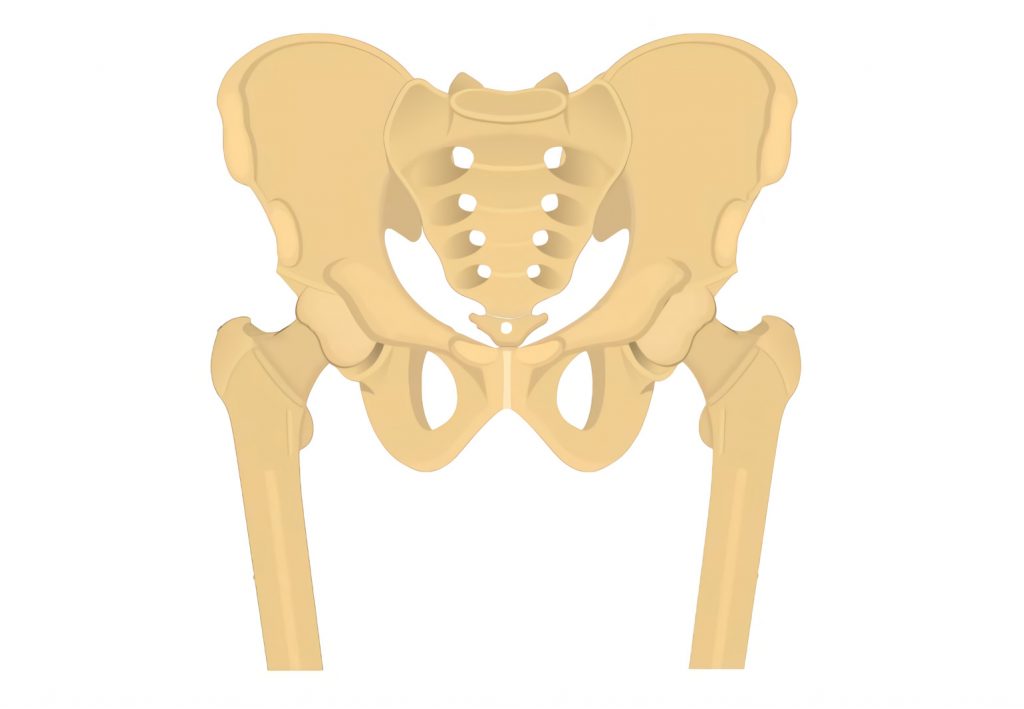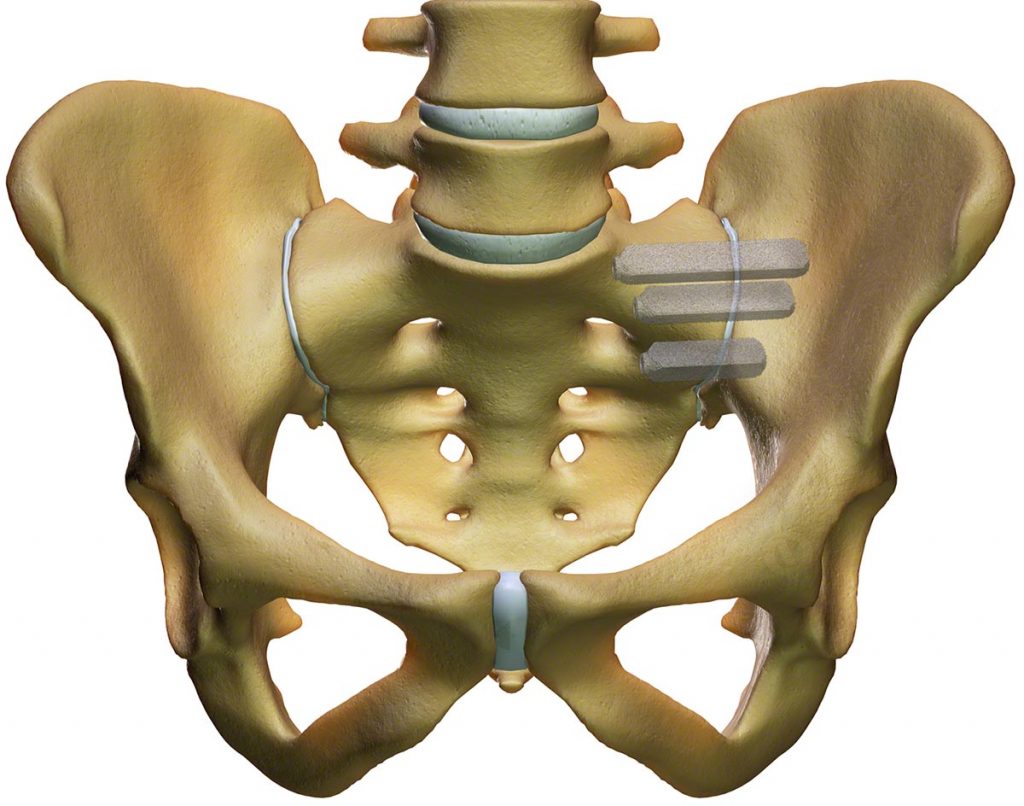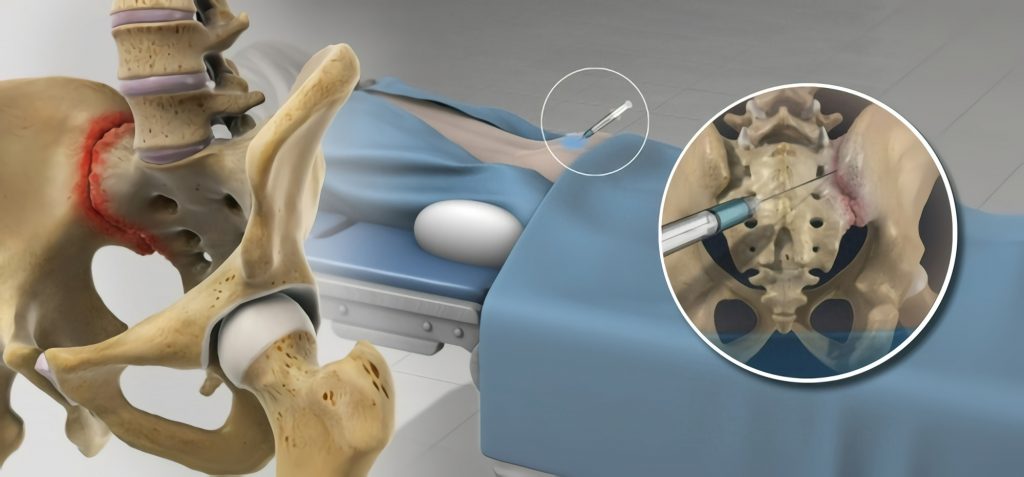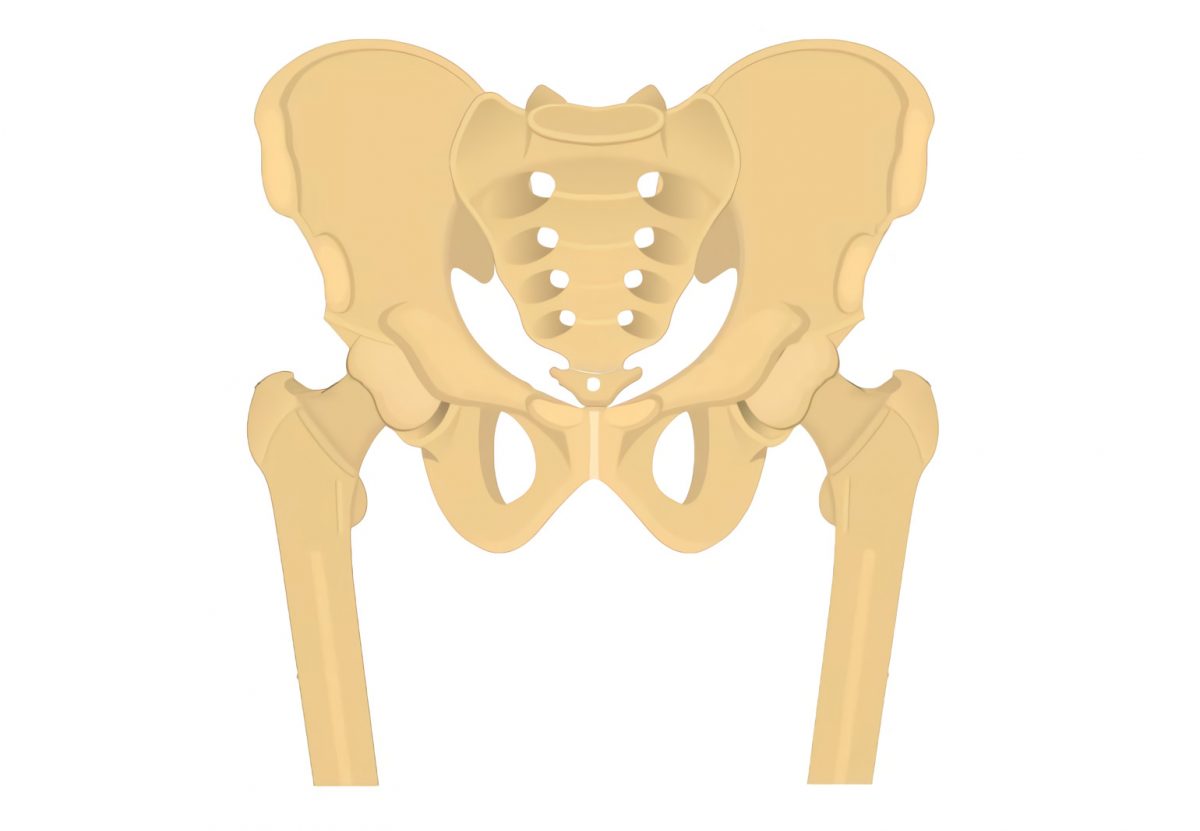Sacroiliac Joint Dysfunction
![]()
Call (703) 520-1031 or use the form below to send us your contacts.
What is the Sacroiliac Joint Dysfunction?
The sacroiliac joint (or SI Joint) covers the sacrum with the pelvis and is adjacent to the bottom of the spine. The treatment goal is to restore the normal SI joint’s range of motion. The sacroiliac joint dysfunction can lead to low back pain and it is generally more common in young and middle-aged women.
SI Joint Dysfunction Causes and Symptoms
The sacroiliac joint is what connects your sacrum with the pelvis. You will find it near the bottom of your spine just above the tailbone and below the lumbar spine.
This joint is surrounded by strong ligaments and has a short range of motion. Its main function is to transmit the load of your upper body to the pelvis and legs. In other words, the sacroiliac joint acts as a big shock-absorbing construction of your body. The cause of the pain may be a change in the normal SI joint motion.
While the sacroiliac can be a common cause of back pain, the fact that it’s under such a thick layer of skin and muscle makes it hard to diagnose when something goes wrong with it. And since there are so many possible causes of back pain, it’s important that your doctor be able to make an accurate diagnosis before recommending treatment.
Treatments
Treatment options for sacroiliac joint dysfunction are usually non-surgical and focus on trying to restore normal motion in the joint. This can include the following options.
1. Sacroiliac Joint (SI Joint) Fusion
SI joint fusion is minimally invasive surgery. During the procedure, pain specialist fuses SI joints to prevent excess movement in the area and relieve discomfort. The doctor makes two small (two cm. long) incisions, and triangle-shaped titanium pieces become implanted into the Sacroiliac joint. These implants allow the lower back to become more stable and bear weight easily. They also prevent further pain or deterioration of the SI area. A fluoroscope helps the surgeon perform the procedure safely and accurately. SI joint fusion usually takes about one hour. During these incisions, no muscles or ligaments are cut.

2. SiLO SO Joint Fixation System
A different type of SI joint fixation involves the placement of a cortical bone graft in the joint where the bones grow together. Thanks to the development of advanced technologies, new non-invasive option, the SiLOTM joint fusion procedure is available now at Spine and Pain Clinic of North America. This procedure involves the following basic maneuvers.
- Making a small incision to insert a joint finder
- Advancing the SiLOTM GhostTube, which enables visualizing the SI joint
- Using a decorticator that produces a bone surface that stimulates bone growth
- Placing biologics into the joint
- Placing a SiLOTM Graft Implant) made of human cortical bone into the joint
- Adding additional biologics
The implant’s three ridged vertical side channels hold the bone graft in place during fusion, and two vertical side channels can accommodate additional bone graft material. Patients with SI joint deterioration or disruption may find pain relief through this system. It transfixes (holds in place) the ilium and sacrum while the bones fuse.
3. Sacroiliac Joint Injections
This mini-invasive procedure is useful in providing immediate pain relief. An anesthetic and an anti-inflammatory medication are injected into the joint to help reduce local inflammation and alleviate the pain. Sacroiliac joint injections involve two medications – one to numb the joints and a steroid to decrease swelling and reduce pain.

You may feel relief from your pain right away because of the numbing medication. However, this medication will wear off 3–4 hours after your procedure, and your pain will probably return to some degree. You will have longer pain relief once the steroid medication starts to work. This could take up to 2 weeks after the procedure.
4. Medications
Doctors may first recommend anti-inflammatory medicines and painkillers like acetaminophen or ibuprofen to ease the pain and swelling.
5. Chiropractic Care
While this can help if the SI joint does not move, it can irritate it if the joint is hypermobile.
5. Physical Therapy and Exercise
Physical therapy can strengthen the nearby muscles at the sacroiliac joint and consequently increase its stability.
7. Ice and Heat Compresses Combined with Rest
Apply heat or ice regularly every 15 to 20 minutes to reduce inflammation and irritation. Once the intense pain subsides, you can take a warm or hot bath or use a heating pad.
People apply a hot compress after an injury, but applying heat before strenuous activity can relax muscles and ligaments to minimize the chance of aggravating a chronic injury or incurring muscle soreness. Apply the warm compress several times a day for best results.
It’s important not to compresses them when the pain is intense.
Cold temperatures also numb injured tissues, reducing pain. A cold compress should be applied immediately after an injury or when a joint becomes inflamed. Warm compresses are used to apply heat to a spot on the body. A warm compress encourages blood flow to a particular area by dilating blood vessels in the area where heat is applied.
Sacroiliac Joint Dysfunction FAQ
How long does it take for SI joint pain to heal?
Typically, SI joint pain has a sudden onset. It can heal within a few days, or it may take several months. The time it takes to heal depends on what is causing the SI joint pain. For example, it could be tight ligaments or damaged muscles that support the SI joint. The soft tissue needs time to heal in order for the pain to subside and the joint to return to normal functioning. Chronic pain is pain that endures for more than three months.
How to sit with SI joint pain?
Since the SI joint is in the lower back, sitting can be painful because it places pressure on the hips and lower spine. The best way to sit with SI joint pain is in a way that relieves that pressure as much as possible. Some suggestions are:
- Sit in a relaxed position with a cushion or a rolled towel placed behind the back
- Sit upright with your chest pressed upward and the shoulder blades relaxed
- Sit with your feet crossed while placed underneath your legs and pulled back towards the hips (called a tailor’s position)
- Sit with the knees apart and turned out slightly
You will have to try the various sitting positions to determine which ones most ease the pain.
What doctor should I see for sacroiliac joint dysfunction?
Usually, a patient will first visit a general practitioner due to the back pain. If sacroiliac joint dysfunction is suspected, the physician will refer you to a spine specialist who can make a more definitive diagnosis and develop a treatment plan. The spine specialist may be a neurosurgeon who specializes in the treatment of the brain and spine or an orthopedic spine surgeon who specializes in treating spinal conditions.
What does sacroiliac joint dysfunction feel like?
In most cases of SI joint dysfunction, the lower back is painful. The pain may be mild but can also become severe. The pain sometimes spreads into areas like the buttocks and hips and the side or back of the thigh. If the pain is felt beyond the lower back, it may be a sharp stabbing pain similar to that felt with sciatica. In addition, the areas impacted by the sacroiliac joint dysfunction may feel stiff, and the pain will intensify when pressure is placed on the sacroiliac joint.
